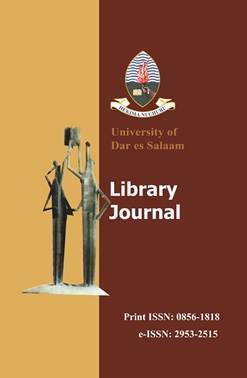Assessing the Role of Community Forest Management: A Geographical Information System (GIS)-based approach
Keywords:
Geographical information systems, community forest management, land use, land cover change, forest productsAbstract
The aim of this study was to assess the contribution of community forest management using Geographical Information System (GIS) techniques. Specifically, the study focused on quantifying land use changes before and after CoFMA implementation and examining the level of people's satisfaction with forest products and income generation. The study was conducted in Cheju, Unguja Ukuu and Chwaka wards. The study targeted participants from communities surrounding Jozani forest and government forestry officials. A total of 111 respondents (13 percent of the entire population) were selected as a sample. The aerial image of 2005 and Landsat 8 ETM+ imagery of 2017 were used to assess land use changes. Besides, community mapping with semi-structured interview together with field observation were used to acquire spatial knowledge through integration with GIS. Methods of data analysis consisted of pre-image processing, image analysis and accuracy assessment using Quantum GIS. Tables, plates, and maps were used to present findings. The findings show that despite the presence of CoFMA, the forest is still declining both within and outside the reserve. However, this does not mean that CoFMA has not helped forest management. In fact, without this programme, the degradation rate would have been worse. While CoFMA ' s benefits are noticeable, consumer pressure on forest resources is high as evident in people ' s complaints about their declining economic opportunities from the forest. As such, it is recommended that conservation efforts should be balanced to ensure sustainable livelihoods. Applying multiple values approach and changing livelihood strategies for forest communities are also crucial.


